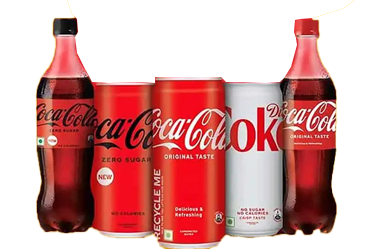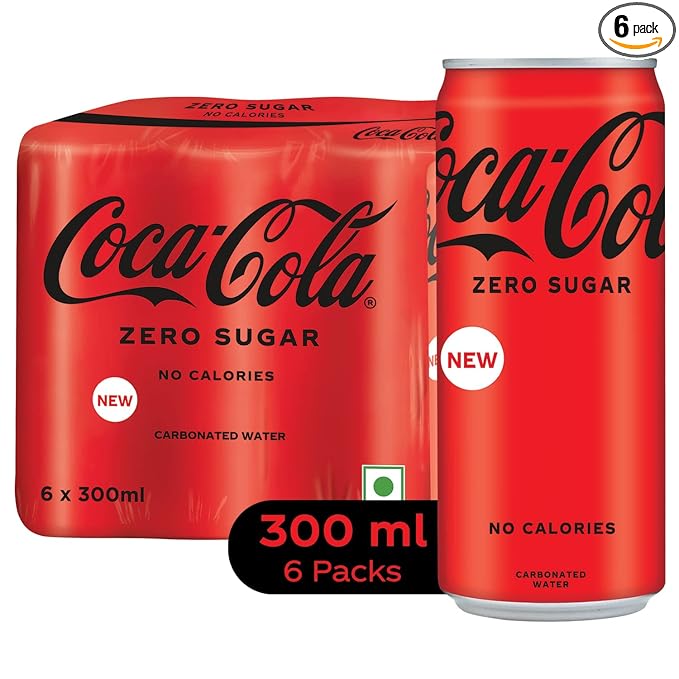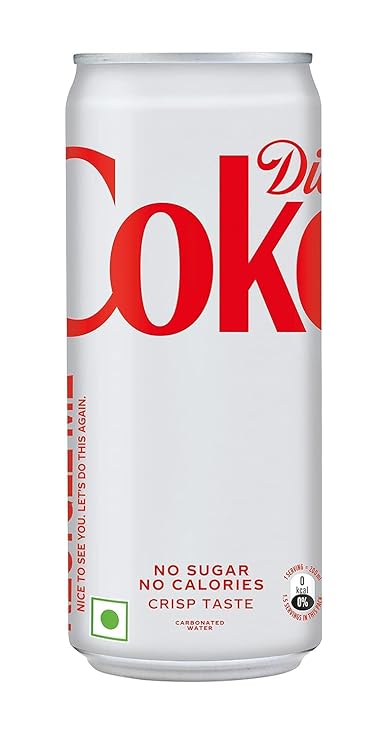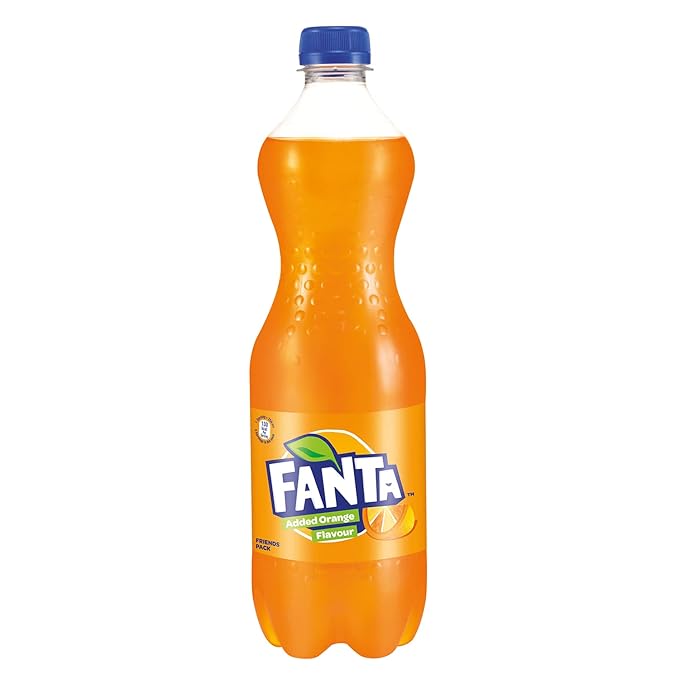Brand Overview
Brand:
Coca-Cola
Parent Company:
The Coca-Cola Company (USA)
Core Categories:
Beverages
Taglines Over the Years:
- Thanda Matlab Coca-Cola
- Open Happiness
- Taste the Feeling
- Real Magic
Market Context at Launch (1950s & 1990s)
First Phase: 1950s–1977
- Coca-Cola entered as one of the few foreign consumer brands in post-Independence India.
- Targeted urban, elite audiences.
- Was the market leader in the soft drink space.
- Re-entered post-liberalization in the wake of India's economic reforms.
- Acquired Parle's soft drink brands: Thums Up, Limca, Gold Spot, Maaza, and Citra.
- Returned to a market dominated by homegrown Thums Up and Campa Cola.
Marketing Mix (4Ps)
Product Strategy
Core Product
- Sweet, caramel-flavored cola drink.
- Multiple formats: Glass bottle (RGB), PET bottles, cans, fountain dispensers.
- Coca-Cola Zero (Zero sugar)
- Coca-Cola Light (briefly)
- Flavored seasonal variants in select test markets
- Personalized name bottles (Share a Coke campaign)
- Special festival-edition packs
- Smaller packs at ₹10–₹20 price points for rural penetration
Pricing Strategy
- Premium at launch, but adapted to India's price-sensitive market with small-size SKUs (₹10–₹20 bottles).
- Bundled offers with food outlets and in cinemas.
- Competitive pricing vs. Pepsi and local players.
Promotion Strategy
Brand Messaging Evolution
- Late 1990s – 2000s: Mass reach campaigns with a “Thanda” = Coca-Cola strategy.
- "Thanda Matlab Coca-Cola" became part of colloquial language.
- Famous rural campaign featuring Aamir Khan in various avatars.
- 2000s – 2010s: Global campaigns adapted locally.
- “Open Happiness”, “Brrr!”, “Taste the Feeling”
- 2020s – Present: Digital, cause-based, and “Real Magic” campaigns.
- Focus on celebrating differences, togetherness, and social connection.
- Integration with music, festivals, and cricket.
- Aamir Khan, Hrithik Roshan, Aishwarya Rai, Ranbir Kapoor, Alia Bhatt, and cricketers like MS Dhoni.
Distribution Strategy
- Leveraged Coca-Cola's global logistics to build a formidable distribution network in India.
- Coverage includes:
- Kirana stores
- Modern trade
- HoReCa (hotels/restaurants/cafÉs)
- Rural outlets via Project Unnati and small-size SKUs
- Advanced cold-chain and ‘last-mile' rural strategies boosted deep-market access.
Competitive Landscape
Key Rivals
- Pepsi – Global, youth-driven, pop-culture-centric.
- Thums Up – Strong local brand with macho imagery, also owned by Coca-Cola.
- Local brands – Campa Cola (revived), Big Cola, private labels.
Internal Cannibalization
- Thums Up often outsold Coca-Cola, especially in north, west, and central India.
- Coca-Cola allowed Thums Up to lead, recognizing its local cultural strength.
Consumer Perception & Emotional Connect
- Urban India: Seen as a global, premium, iconic drink.
- Rural India: Gained traction through localized campaigns like “Thanda Matlab Coca-Cola”.
- Emotional territory: Family time, refreshment, happiness, and bonding.
- Less edgy and youth-centric than Pepsi; more "universal and heart-warming".
Challenges & Strategic Responses
Challenges
- Couldn't displace Thums Up as the top cola brand in India.
- Category stagnation due to health concerns, anti-sugar sentiment.
- Regulatory scrutiny, especially on water usage and environmental impact.
- Introduced Coke Zero for health-conscious consumers.
- Focused on fruit-based beverages (Maaza, Minute Maid) as part of “Beverages for Life” strategy.
- Sustainability investments (recycling, water neutrality).
- Strengthened digital marketing and influencer outreach post-2020.
Impact & Legacy
- Coca-Cola is among India's top three cola brands by revenue and visibility.
- Deeply embedded in both urban and rural landscapes.
- Brought global beverage marketing sophistication to India.
- The “Thanda Matlab Coca-Cola” campaign remains one of India's most iconic brand slogans.
Current Position (as of 2025)
- Coca-Cola continues to lead in:
- Brand awareness
- Retail penetration
- Association with festivals, movies, cricket
- Thums Up still leads the cola market in India.
- Coca-Cola is focusing on:
- Low-sugar variants
- Localized storytelling (regional language campaigns)
- Sustainability and packaging innovations
- Wider beverage portfolio beyond cola (Maaza, Minute Maid, Smartwater, etc.)
Key Learnings
- Cultural localization is key — Thanda repositioning bridged the urban-rural divide.
- Owning emotional spaces like togetherness and happiness can give a universal edge.
- Even iconic global brands must adapt pricing and pack sizes for mass affordability.
- Competing with your own portfolio (e.g., Thums Up vs. Coca-Cola) can be strategic in diverse markets.
- Long-term leadership comes from distribution scale, emotional advertising, and category evolution.
Summary
Coca-Cola's journey in India is one of resilience, adaptation, and reinvention. From exiting the country in the 1970s to becoming a household name across urban and rural India, Coke has navigated cultural complexities, strong competition, and changing consumer tastes. While it never became India's No. 1 cola brand (a spot held by Thums Up), Coca-Cola remains a leader in global branding, marketing consistency, and distribution excellence.













